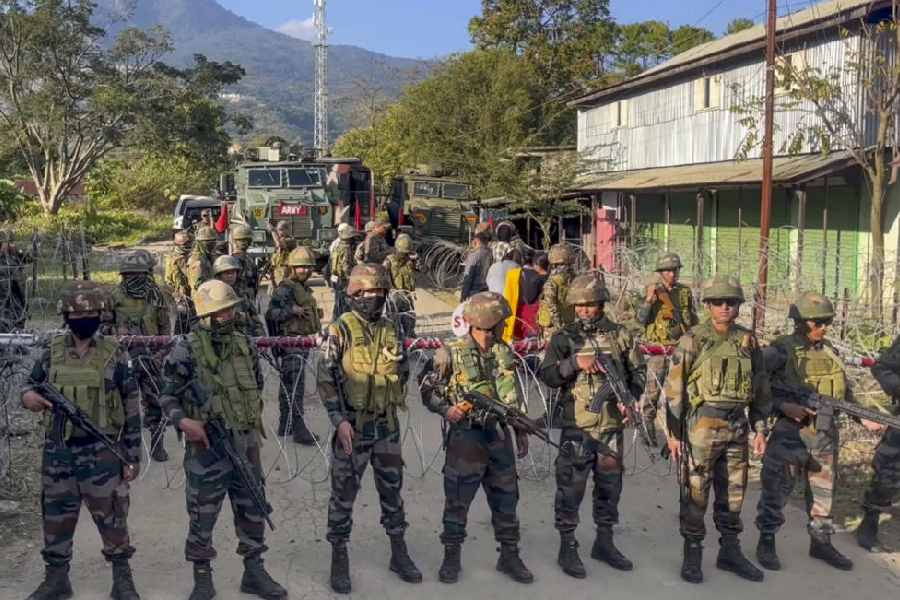The book Religious Interactions in Modern India, containing 13 articles, is a totally revised and updated version of a conference on “Modernity, Diversity, and the Public Sphere: Negotiating Religious Identities in 18th-20th Century India”. The conference held nearly a decade earlier and organized at the Max Weber Centre of Advanced Cultural and Social Studies, University of Erfurt, Germany, was part of the activities of the international research group, Religious Individualization in Historical Perspective. The contributors of the volume are renowned scholars and form an eclectic group, originating from three different continents (Europe, North America and Asia) and belonging to diverse fields of expertise, namely, anthropology, history, literature, philosophy, religious studies, sociology and theology. The disparate identities of the authors add richness to the volume, giving a multidimensional approach to the study of the nature and scope of religious interactions in modern India. While this approach is highly encouraged in today’s academic world because it opens up possibilities of having different perspectives on the same theme, thus leading to a holistic understanding, in the present case this very richness could become a liability if one takes into consideration that the reader of the volume, in order to engage critically in the ensuing discussions, should have adequate knowledge in the respective fields of study. This book is certainly not for amateurs.
Understanding the place and role of religion in any society is a complex affair. This becomes even more labyrinthine when the subject of study is Modern India with its chequered history of colonialization, pre-colonization, and post-colonization. The task is arduous because religion seems to be caught between two polarities: the rise of secularization and its collateral effects, and the furious resurgence in desecularization witnessed globally in the recent past, itself a response to secularization and its impending threats. But this threat narrative is partial, for it obliviates the depths and extent of the powerful “modernizing forces of secularization.” Between these fears and looming threats, the reality is that there is a re-articulation of religions, with religions discovering new ways of relating to each other and to the socio-political world. This is mainly because the public before whom practices and ideas pertaining to religion must be exchanged, discussed, or justified is more interconnected and inclusive, and this fact calls for a radical change in discourse.
True to its title, the chapters in the volume address issues related to Modern India, and therefore, pre-colonialism, colonialism, and post-colonialism, with their effects and consequences, form the prism through which the different topics are viewed. The book begins with a study on the complex and contentious relationship between the colonizing core and the colonized other in the early nineteenth century. The relationship seen as “complicit entanglement and creative dissonance” is particularly linked to missionary discourse and its response. The volume ends with 1957, the year Bhimrao Ambedkar’s The Buddha and His Dhamma was published posthumously.
The intervening chapters take a critical look at the following issues — the astute administrative skills of a mid-nineteenth century Muslim woman ruler that included an integration of the traditional and the modern, and the separation of the secular and the religious; the multi-pronged relationship among religion, society and good polity; the struggle for recognition of reformers and social reform movements with religious or non-religious roots; the inner conflict of the Saiva Siddhanta tradition in Tamil Nadu that led to a rewriting of the Saivite canon, creating in the process new boundaries of exclusion and inclusion; a new interpretation of the traditional modes of religious practices like asceticism and monasticism; the reformation within the Dadupanthi sect from a monastic, wandering order to a life of householders, an unusual narrative of a group’s survival through gradual adjustment to modern conditions; the transition in the religious identity of being Jain from caste to ‘shared community’ and as ‘social reality’; the genesis of the formation of a ‘Hindu identity’ and the manner in which religious differences and pluralities were dealt with; the ownership struggle between individual and corporate control over property rights of Sikh religious sites and the resulting establishment of a new form of group identity; the complex nature of the relationship among choice, freedom of conscience and free will in the dialectics of religious community and national community, with particular reference to voting and popular sovereignty; Gandhi and the evolution in his thinking on what constitutes the essence of Hinduism; the aarti-katha-namaz disputes in the Punjabi princely state of Malerkotla and the successful resolution of this inter-religious conflict by the local Hindu and Muslim religious leaders; the religious, social and political struggle of Kerala’s Pulaya Christians, and their plural identities; Ambedkar’s reflection on the relationship between religion and society in India and for human association in general.
The articles do not look at religions as ‘blocks’, as something immutable, a given. This is a just stance, accepted in the field of comparative religions and civilizations. Religion is currently understood as a process, like a flux of water under a sheet of melting ice. This change is ever-constant even in the face of apparent solidification. And if the meaning of the term ‘religion’ is sinuous, lost in translation, and controversial in nature, it is the same with the notion of ‘modernity’. That there is a continuous transition in the understanding of these two terms, and that the relationship between them is ambivalent, becomes especially tenable when one reads the present book’s “sister volume”, Religious Interactions in Mughal India (edited by Vasudha Dalmia and Munis D. Faruqui). The readers should remember the mutable, contentious nature and scope of these twin notions, because this very conception advocated by the authors, and which forms the basis for their study, is debatable and subject to change.
Well researched, substantial and relevant, this volume of thought-provoking articles by leading scholars provides standard reading especially for researchers and students of comparative religions, politics, history and sociology.
Religious Interactions in Modern India, Edited by Martin Fuchs and Vasudha Dalmia, Oxford, Rs 1,295













